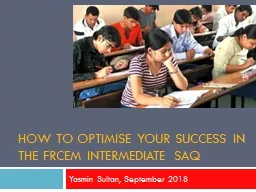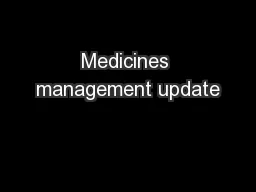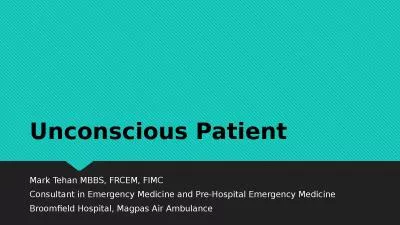PPT-how to optimise your success in the FRCEM intermediate
Author : conchita-marotz | Published Date : 2019-11-24
how to optimise your success in the FRCEM intermediate saq Yasmin Sultan September 2018 What do the SAQs cover 60 question in 3 hours 3 minutes per question 3 marks
Presentation Embed Code
Download Presentation
Download Presentation The PPT/PDF document "how to optimise your success in the FRCE..." is the property of its rightful owner. Permission is granted to download and print the materials on this website for personal, non-commercial use only, and to display it on your personal computer provided you do not modify the materials and that you retain all copyright notices contained in the materials. By downloading content from our website, you accept the terms of this agreement.
how to optimise your success in the FRCEM intermediate: Transcript
Download Rules Of Document
"how to optimise your success in the FRCEM intermediate"The content belongs to its owner. You may download and print it for personal use, without modification, and keep all copyright notices. By downloading, you agree to these terms.
Related Documents












![[PDF READ ONLINE] VA Claims Success: YOUR GUIDE TO MAXIMIZING YOUR VA COMPENSATION BENEFITS](https://thumbs.docslides.com/1019711/pdf-read-online-va-claims-success-your-guide-to-maximizing-your-va-compensation-benefits.jpg)

